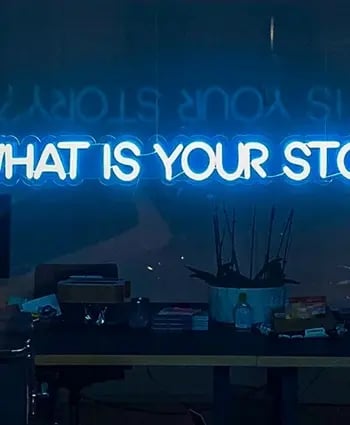Using AI and Machine Learning in Video Editing
Explore AI and Machine Learning in video editing, revolutionizing post-production with automated editing and advanced object recognition
In a world dominated by digital content, video editing is an art that shapes how we perceive narratives. Enter AI and Machine Learning, two revolutionary technologies that are rewriting the rules of video post-production. As these technologies evolve, the manual and often time-consuming tasks in video editing are getting a futuristic facelift. So, what's the real score when it comes to using AI and Machine Learning in video editing? Let's dive in.
1. Automated Video Editing
Snapshot: Think of videos being edited on their own, based on predefined parameters.
Insight: AI-driven software can now analyse video footage, identify the main subjects, and even determine the best clips to use, thereby streamlining the entire editing process. It's like having a virtual assistant who knows just what you want.
2. Advanced Object Recognition
Snapshot: Identifying and tagging every object in a video? It's no longer a dream.
Insight: Through machine learning, video editing tools can recognise objects, characters, and even emotions within a scene. This makes content categorisation, search, and retrieval a breeze, especially for vast video libraries.
3. Enhanced Colour Correction
Snapshot: AI can analyse a scene and auto-correct colours to make them pop.
Insight: Instead of manually adjusting colour settings, AI algorithms can optimise footage to achieve the desired mood or tone, ensuring consistency and saving precious editing time.
4. Smart Sound Design
Snapshot: The right audio can elevate any video, and AI is here to help.
Insight: By analysing a video's content and context, AI can suggest or even auto-apply background scores, sound effects, and audio transitions, enhancing the overall auditory experience.
5. Automatic Transcription and Subtitles
Snapshot: Turning spoken words into written text, in real-time.
Insight: AI-powered tools can now transcribe dialogues and generate subtitles automatically, making content more accessible and aiding in SEO strategies for online videos.
6. Personalised Video Content
Snapshot: Tailoring video content based on viewer preferences? Absolutely.
Insight: Machine learning can analyse viewer behaviours and preferences, allowing video production companies to craft content that resonates more deeply with their target audience, enhancing engagement and viewer retention.
Conclusion
AI and Machine Learning are not just futuristic buzzwords when it comes to video editing – they're game changers. They promise to make the video editing process more efficient, intuitive, and tailored, offering unprecedented creative freedom. While there's undeniable value in the human touch and artistic intuition, the synergy between human editors and advanced AI tools is where the future of post-production truly lies. For video production companies and editors, it's time to embrace the AI revolution and redefine the art of storytelling.
Written by Jonathan English CEO for Venture Videos — a full-service video production agency that specialises in producing creative videos & campaigns that get real results.













